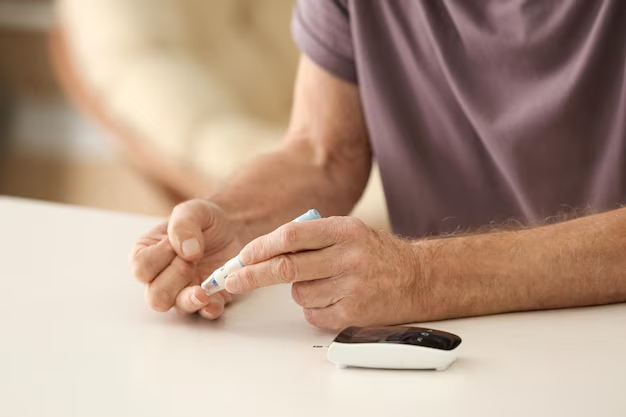Recognizing the Signs: Are You at Risk for Diabetes?
Feeling unusually thirsty, experiencing frequent urination, or noticing an unexplained drop in weight? These could be early signs of diabetes. This condition often goes unnoticed because its symptoms can be subtle, yet recognizing them is crucial for managing health effectively. Here's how you can identify if you're diabetic and what to do if you suspect you might be.
What Are the Symptoms to Look Out For?
Diabetes symptoms vary depending on how high your blood sugar levels are. Some people, especially those with prediabetes or type 2 diabetes, may not experience symptoms initially. Here's what to watch for:
- Increased Thirst and Frequent Urination: High blood sugar levels cause the body to pull fluid from tissues, making you feel dehydrated.
- Excessive Hunger: Despite eating more, you may feel hungrier than usual if your body isn’t effectively converting sugar into energy.
- Unexplained Weight Loss: Without trying to lose weight, shedding pounds can occur as the body uses fat for energy when it can't access glucose.
- Fatigue: Feeling tired generally results from the body's inability to properly utilize glucose for energy.
- Blurred Vision: High blood sugar may pull fluid from the lenses of your eyes, affecting your ability to focus.
- Slow-Healing Sores or Frequent Infections: Diabetes affects your body's ability to heal and fight infections.
How to Confirm Your Risk?
Testing is essential. If you suspect you have diabetes, your healthcare provider can conduct tests such as:
Fasting Blood Sugar Test: This measures blood sugar after an overnight fast. A normal fasting blood sugar level is below 100 mg/dL. Results indicating levels from 100 to 125 mg/dL suggest prediabetes; levels higher than 126 mg/dL indicate diabetes.
A1C Test: This provides an average blood sugar level over the past 2 to 3 months. An A1C level below 5.7% is normal, 5.7% to 6.4% indicates prediabetes, and 6.5% or higher signals diabetes.
What If You're Diagnosed?
Diagnosis can be daunting, but there are numerous resources available to help manage the condition effectively. Diabetes management usually involves lifestyle changes, medication, and monitoring blood sugar levels.
Furthermore, financial implications of diabetes management can be significant, but there are assistance programs designed to help ease this burden.
Exploring Financial Assistance and Support
Managing diabetes shouldn't mean financial hardship. Here are some programs and financial solutions that can help manage costs:
- Government Health Programs: Many countries offer public health programs such as Medicare or Medicaid, which may cover a portion of diabetes care costs.
- Nonprofit Organizations: Groups like the American Diabetes Association and Diabetes UK provide resources and potential assistance for medication costs.
- Pharmaceutical Aid Programs: Some drug companies offer medication discounts or free medications to those who qualify based on income.
- Employer or College Health Plans: Check with your employer or college for health plans that might cover diabetes supplies and medications.
- Debt Relief Options: If medical expenses have led to financial strain, consider reaching out to agencies specializing in debt management or relief.
Diabetes Management Resources & Financial Aid Recommendations:
🔹 Medicare/Medicaid: Assists with healthcare costs for eligible individuals.
🔹 Pharmaceutical Assistance Programs: Offers medication discounts.
🔹 Nonprofit Assistance: Organizations aiding with resources and financial help.
🔹 Credit Counseling: Services to manage healthcare-related debt.
🔹 Work/Study Health Insurance: Employer or university plans that cover medical expenses.
Being informed and utilizing available resources can help manage diabetes effectively and affordably. Always consult with healthcare professionals for personalized advice and support.
